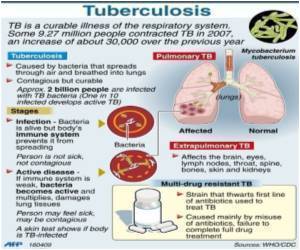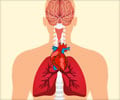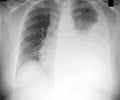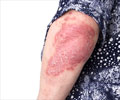World Tuberculosis Day falls on March 24th each year.It is a global attempt at raising awareness on the disease.

On this day various forms of events and activities take place to promote the causes that strive to make the world TB - free. These events are supported by the World Health Organization (WHO), governments and various other global health bodies.
According to WHO estimates South-East Asia reported the highest numbers of new TB cases and also accounts for 34% of the world TB cases. However, the incidence rate in Sub-Saharan Africa is estimated to be nearly twice as much as that of South-East Asia.
Tuberculosis ( TB) is an infectious disease caused by the bacterium Mycobacterium tuberculosis. It is transmitted when the bacteria contained in droplets of fluid that fall out while coughing, sneezing or spitting by an infected person disperse through air and is inhaled by healthy individuals .
The theme for this year is "extra pulmonary tuberculosis." Although TB mostly affect the lungs, it is also known to affect other body parts such as the spinal cord, brain and kidneys. Focusing on extra pulmonary tuberculosis this year is an attempt at spreading awareness on TB that affects body parts other than lungs and shedding light on its evasive nature.
A person may have the active or the latent form of tuberculosis. In the active form, the immune system is unable to overpower the ill-effects of the TB bacterium and the person develops full- blown disease. In the latent form, a person might harbor the bacterium but will not develop symptoms of the disease. However, when the immune system is at some point compromised, or becomes weak, the latent bacteria can become active and the person could develop TB.
Those at risk of the infection include people who are positive for HIV, those who are immune- compromised and those who have not been properly treated for a previous TB infection.
If you have someone afflicted by TB in your home make sure you follow the precautionary measures recommended by your doctor to prevent the disease from spreading to others in the family.
It is important to know about the disease to fight the disease. Remember that all forms of tuberculosis can be cured, if properly treated!
Source-Medindia















